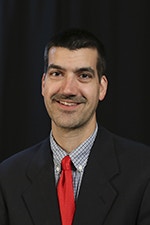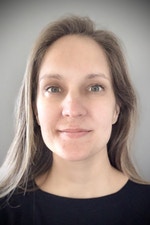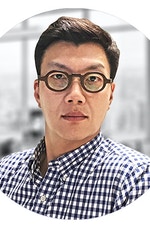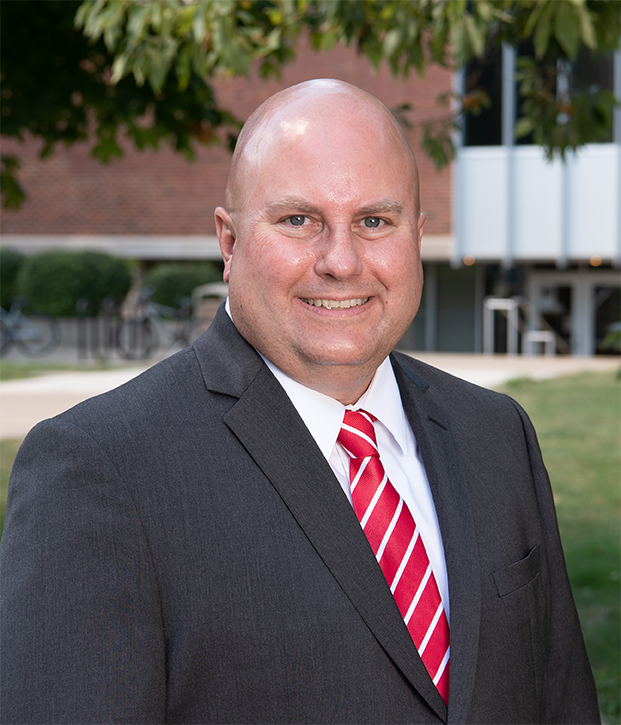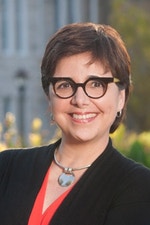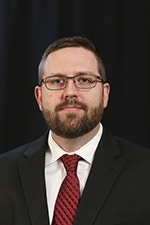The National Science Foundation awarded Illinois State University more than $1.3 million to inspire urban Chicago high school students with an innovative after-school program focused on science, technology, engineering, and mathematics (STEM).
Appears InThrough the program, students will take on year-long projects that explore robotics, automation, renewable energy, and sustainability. “We want students to see themselves in these careers,” said Associate Professor of Technology Matthew Aldeman, one of the principal investigators of the grant.
The program, known as SUPERCHARGE (STEM-based University Pathway Encouraging Relationships with Chicago High schools in Automation, Robotics and Green Energy) will call on students to design and build a smart weather station, a solar tracking device, and an all-terrain electric scooter. “They’ll need to design the control system, the motor controller, and the battery management system of the scooter. These are significant challenges but created in a way to be fun and engaging,” said Aldeman. “I’m looking forward to seeing the scooters race, complete with mud tires and cool suspension.”
Working with Illinois State faculty and undergraduate students provides opportunities not available in schools, noted Associate Professor of Teaching and Learning Allison Antink Meyer, another principal investigator for the grant. “High school students will have the chance to work on cutting-edge STEM ideas that have not made their way into the school’s K-12 curriculum yet,” she said. “The work that Dr. Aldeman and Dr. Jo [Professor of Technology Jin Jo, another principal investigator] are doing in terms of renewable energy and robotics is incredible.”
“The NSF grant is confirmation of the innovative work of our Illinois State faculty and students,” said College of Applied Science and Technology (CAST) Dean Todd McLoda. “Collaborations—between the University and communities—are keys to this initiative and have long been the hallmark of research and outreach on our campus.”
The program will be open to students in Farragut, Simeon, Roosevelt, and Westinghouse high schools by 2023. Student recruitment will stem from collaborations already established between the National Center for Urban Education (NCUE), housed at Illinois State, and Chicago high schools and community-based organizations.
“The NCUE team is thrilled to be part of this interdisciplinary project that will bring together our long time Chicago community and high school partners with ISU students, faculty, and staff,” said NCUE Executive Director Maria Luisa Zamudio, also a principal investigator of the grant. Community organizations helping to recruit students include North River Commission, Latinos Progresando, Breakthrough Urban Ministries, and the Greater Auburn Gresham Development Corporation.
The focus on urban high schools is intentional, said Aldeman. “The energy field recognizes it is pretty homogeneous, and is working to overcome that,” he said. The grant will also fund a summer workshop in Chicago for the students that will include successful community members working in STEM fields. “Hearing from speakers who may have a similar background and have gone into STEM fields means young people might envision themselves following the same pathway.”
Work on the grant will also provide insights for the undergraduate students in Illinois State’s Department of Technology. “Students will help develop the modules and provide feedback for the projects,” said Meyer, who will work with Instructional Assistant Professor of Technology Jeritt Williams to help undergraduate students design the learning modules as well as lead professional development for teachers. “Before our ISU students enter the workforce, they will have a chance to understand some of the inequities inherent in STEM education, access, and professions. They can carry that awareness with them.”
